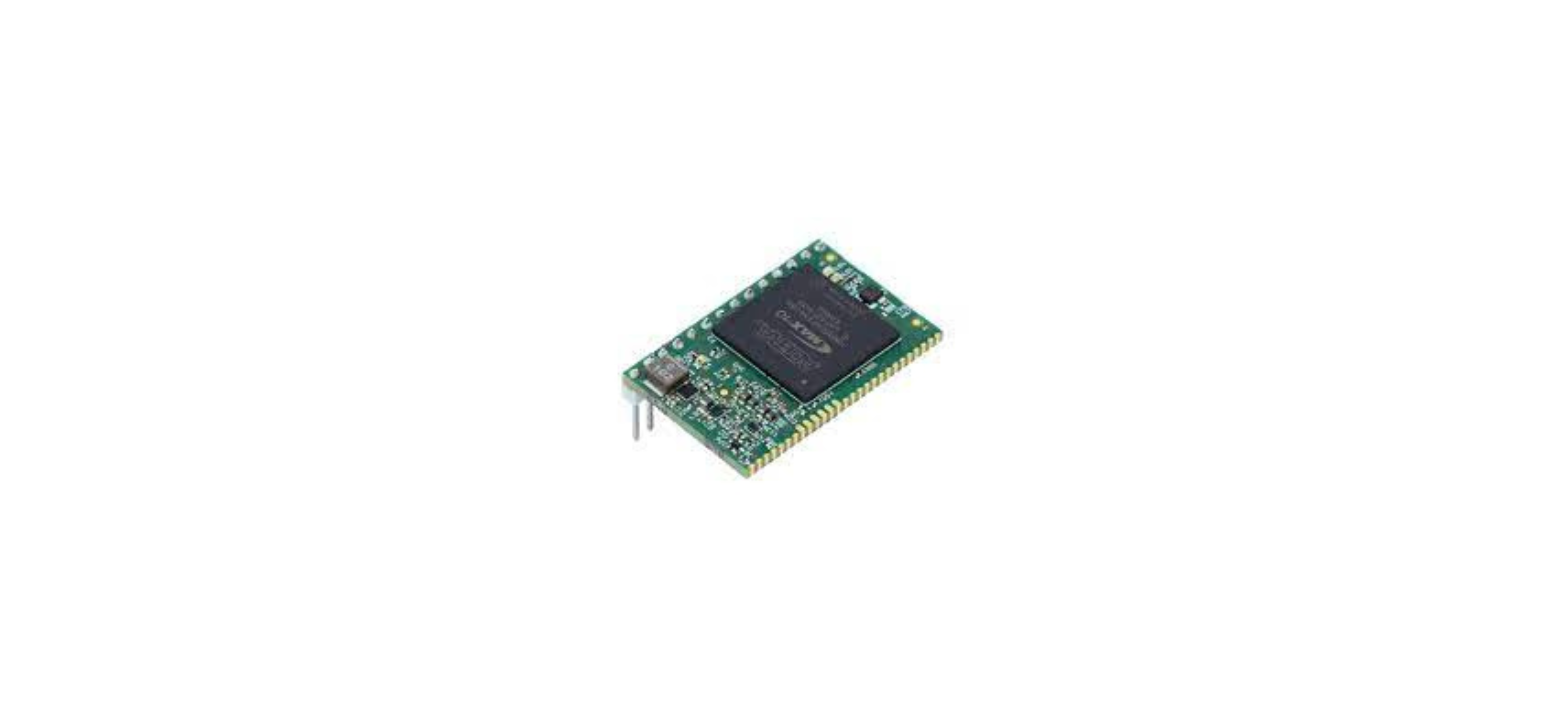
Introduction:
Field-Programmable Gate Arrays (FPGAs) represent a fascinating intersection of hardware and software, providing flexibility and customization for a wide range of applications. For intermediate users, delving deeper into FPGA architecture opens up new possibilities and empowers more sophisticated designs. In this blog post, we’ll explore the key aspects of FPGA architecture to enhance your understanding and proficiency.
- Overview of FPGA Architecture:
FPGAs consist of an array of configurable logic blocks (CLBs), interconnects, and programmable input/output blocks (IOBs). These components allow users to create digital circuits tailored to their specific needs.Unlike traditional Application-Specific Integrated Circuits (ASICs), FPGAs can be reprogrammed and adapted for various tasks. - Configurable Logic Blocks (CLBs):
CLBs are the heart of FPGA architecture. They contain Look-Up Tables (LUTs), flip-flops, multiplexers, and other combinational logic elements. Understanding how these components work together enables you to optimize your designs for performance and resource utilization. - Interconnects:
The interconnects are the pathways that facilitate communication between different logic blocks. Mastering interconnects is crucial for minimizing signal delays and ensuring efficient data flow within the FPGA. Learn about the various routing resources and strategies for optimizing signal integrity. - Programming Language and Tools
:As an intermediate FPGA user, delve into Hardware Description Languages (HDLs) such as Verilog or VHDL. Familiarize yourself with development tools like Xilinx Vivado or Intel Quartus, which enable you to write, simulate, and synthesize your designs. Understanding the synthesis process is key to translating your HDL code into a configuration bitstream. - Clock Management and Global Routing:
Clock domains and clock management play a pivotal role in FPGA designs. Learn techniques for effective clock distribution and management to avoid issues such as clock skew. Understand the global routing resources that contribute to synchronizing signals across the entire FPGA. - Memory Resources:
FPGAs include various types of memory resources, including Block RAM and Distributed RAM. Explore how to effectively use these resources for data storage, buffering, and optimizing access times. Understanding memory hierarchies is crucial for designing high-performance systems. - Advanced Features and IP Cores:
Intermediate users can explore advanced FPGA features such as DSP slices, high-speed transceivers, and Intellectual Property (IP) cores. These elements extend the capabilities of FPGAs, enabling the implementation of complex algorithms and connectivity options. - Debugging and Optimization:
Proficient debugging is essential for FPGA development. Learn how to use debugging tools, simulation, and hardware monitoring to identify and resolve issues. Additionally, explore optimization techniques to enhance performance and resource utilization in your designs.
Conclusion:
In the world of digital design, FPGA architecture provides a canvas for creativity and innovation. As an intermediate user, mastering the intricacies of FPGA components, interconnects, and programming tools will empower you to create efficient and robust designs. By continuously honing your skills and exploring advanced features, you can unlock the full potential of FPGAs and contribute to the evolving landscape of digital electronics.
To know more about VLSI Course , SuccessBridge VLSI training institute. You can begin your VLSI career by enrolling in the placement-assisted live courses available at SuccessBridge We offer various VLSI online courses. We offer VLSI Physical Design course, Design Verification course, DFT Training,Chip design course many more. Explore VLSI Courses From The Leaders In VLSI Training
Also Read: A Walkthrough VLSI Physical Design Engineer Salary In India.

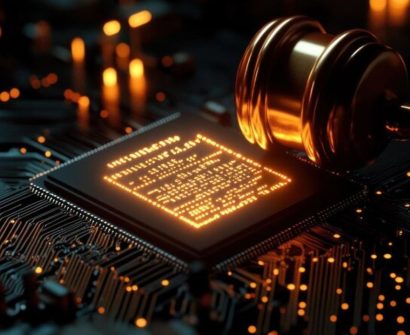
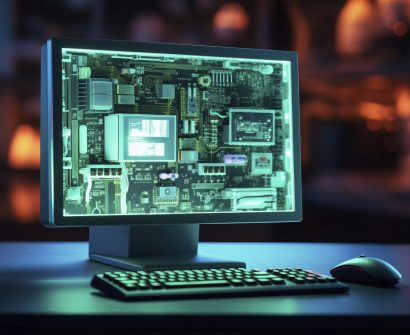
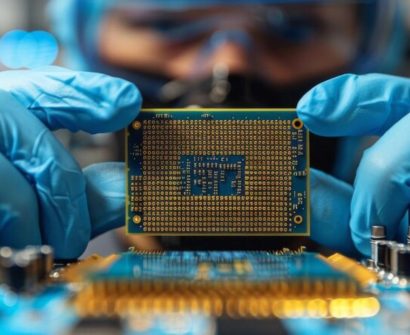
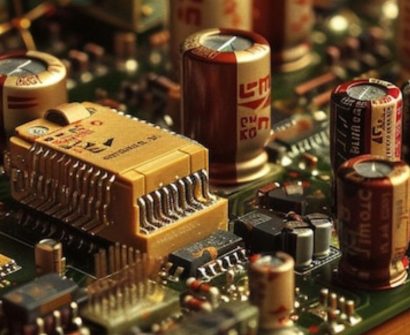
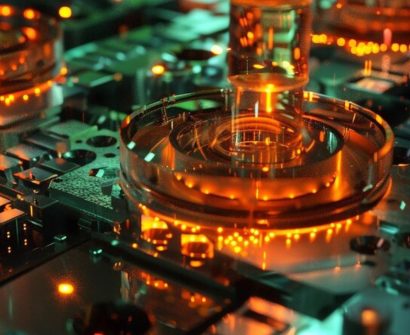
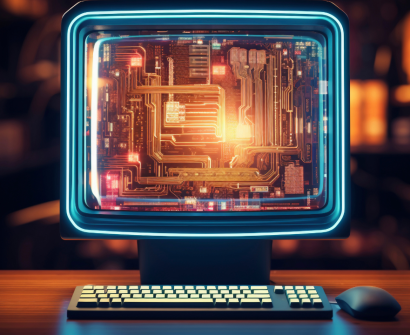
Saidulu
I am interested in pd